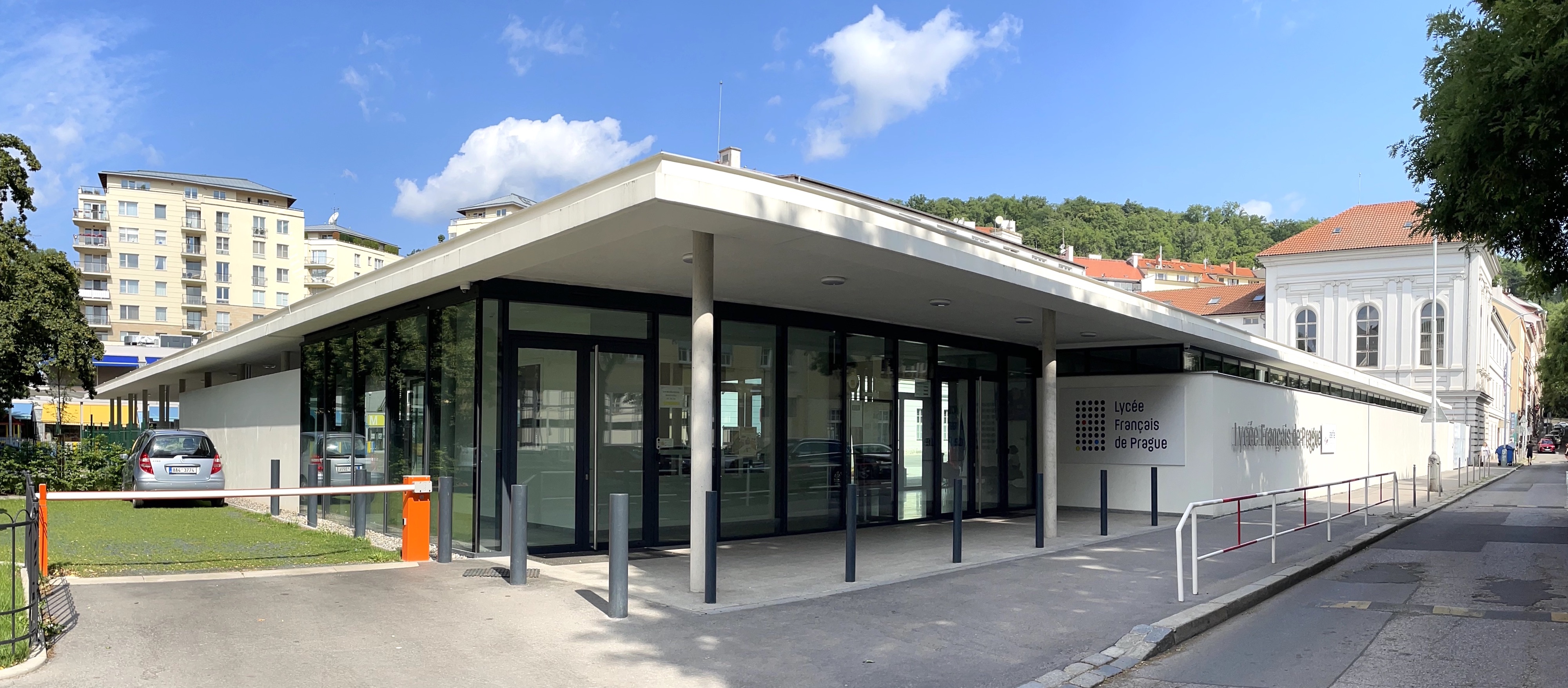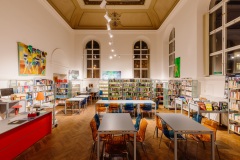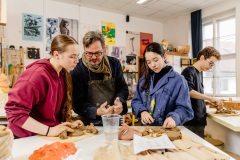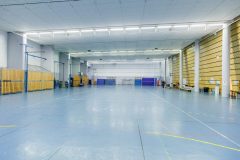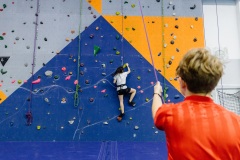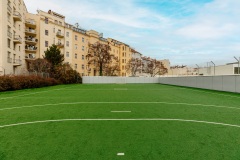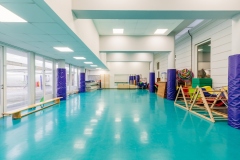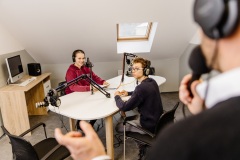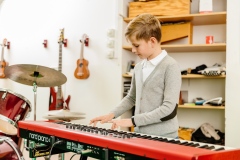About the school

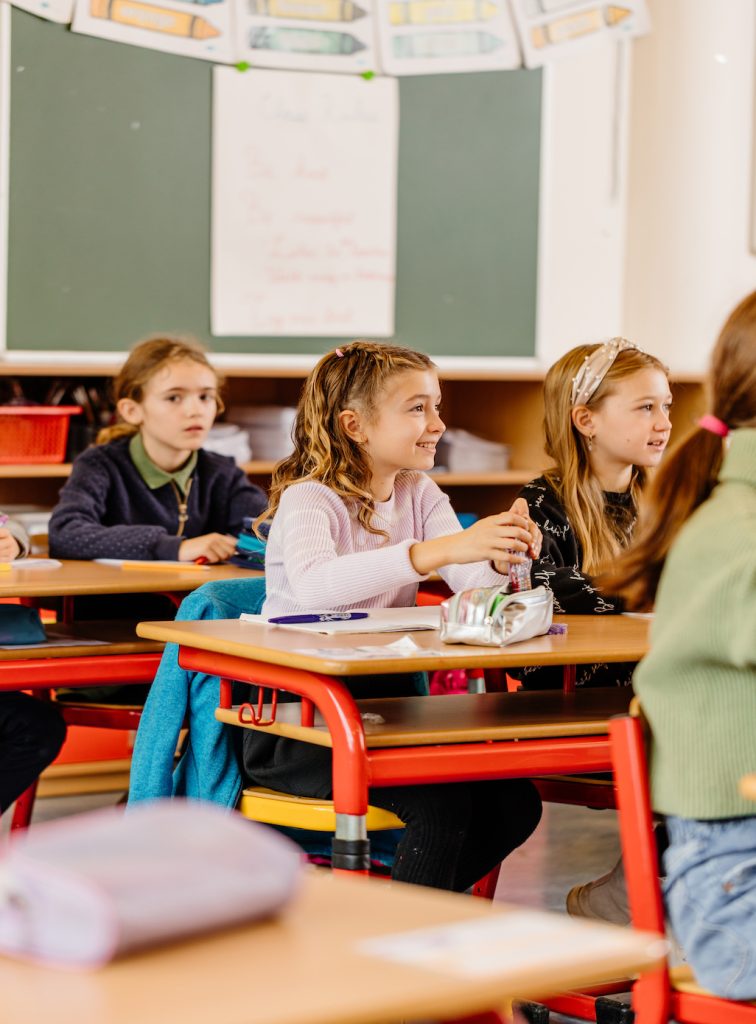
An excellent education on a single site in the heart of Prague!
At the Lycée français de Prague (LfP), we offer our students an excellent international education on a single site, from pre-school (age 3) to the final year of secondary school (age 18).
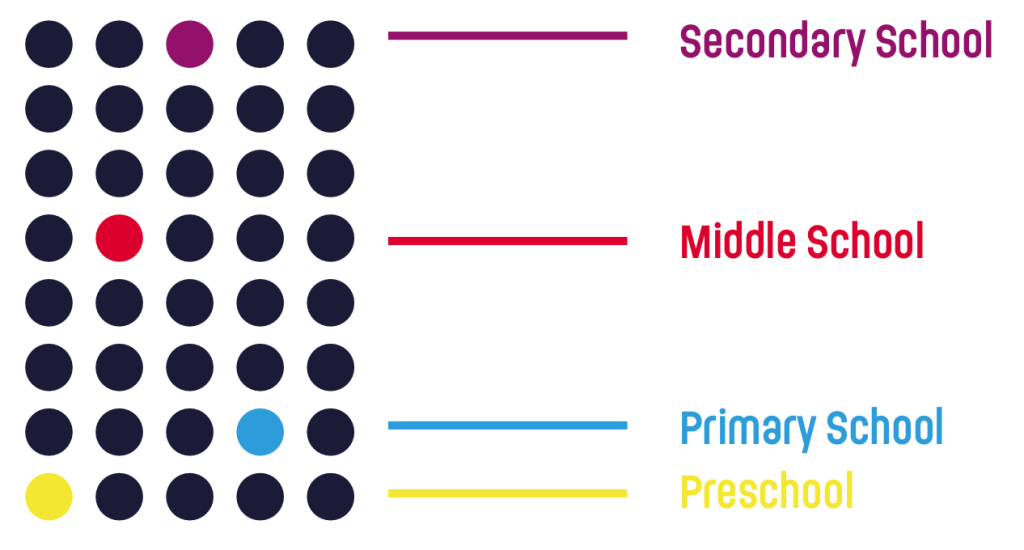
The teaching provided complies with the timetables, instructions and official programmes of the French Ministry of Education and Youth, and is approved by the AEFE’s worldwide network, while endeavouring to develop its own identity, closely linked to its presence in Prague.
Thanks to its accreditation by the Czech Ministry of Education, certifications in Czech language and history are issued directly by the lycée, so there is no need for additional examinations at a Czech school.
Students are prepared for the following exams:
- Diplôme National du Brevet and Diplôme National du Brevet with British international option at the end of troisième.
- Baccalauréat Général at the end of final year (diploma recognised by Czech universities)
- New: the International French Baccalaureate (for final year students from the start of the 2024 academic year).
By welcoming more than 40 different nationalities, LfP encourages open-mindedness, cultural diversity and the transmission of humanist values. From pre-school, pupils are taught by teachers in Czech, French and English, with a view to developing their multilingualism.
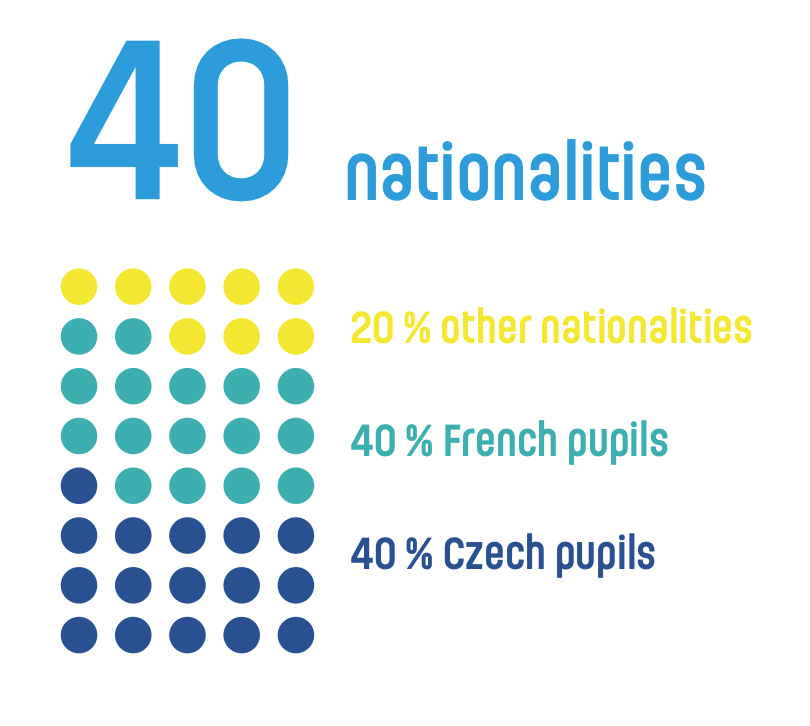
The bilingual sections (integration class and bilingual 6ème form) reserved for Czech-speaking children enable them to join the curriculum in 5. třída thanks to the special attention paid to learning the French language..
Our 780 pupils are taught on a single site in the heart of Prague, combining a pre-school and primary schools, a middle school and a secondary school. The site also includes two libraries, sports facilities (gymnasium, outdoor sports field, climbing wall) and classrooms equipped with multimedia equipment. In this privileged multicultural working environment, children can flourish and develop their critical thinking skills, acquiring the knowledge and skills they need to succeed in their exams.
The educational and teaching team, made up of 90 Czech, French and British (etc.) teachers, is committed to supporting each child in his or her individual development and to enabling them to enter the top schools and universities in France, the Czech Republic and the rest of the world.
The route to university


SI = International British Section
Opting for the French education model
French educational establishments abroad cultivate the values of excellence, sharing and influence. They offer high quality education with an international dimension, which is both demanding and open to the host country.
In keeping with these principles, the Lycée français de Prague’s teaching is part of an overall educational project based on the following priorities:






 en
en 

